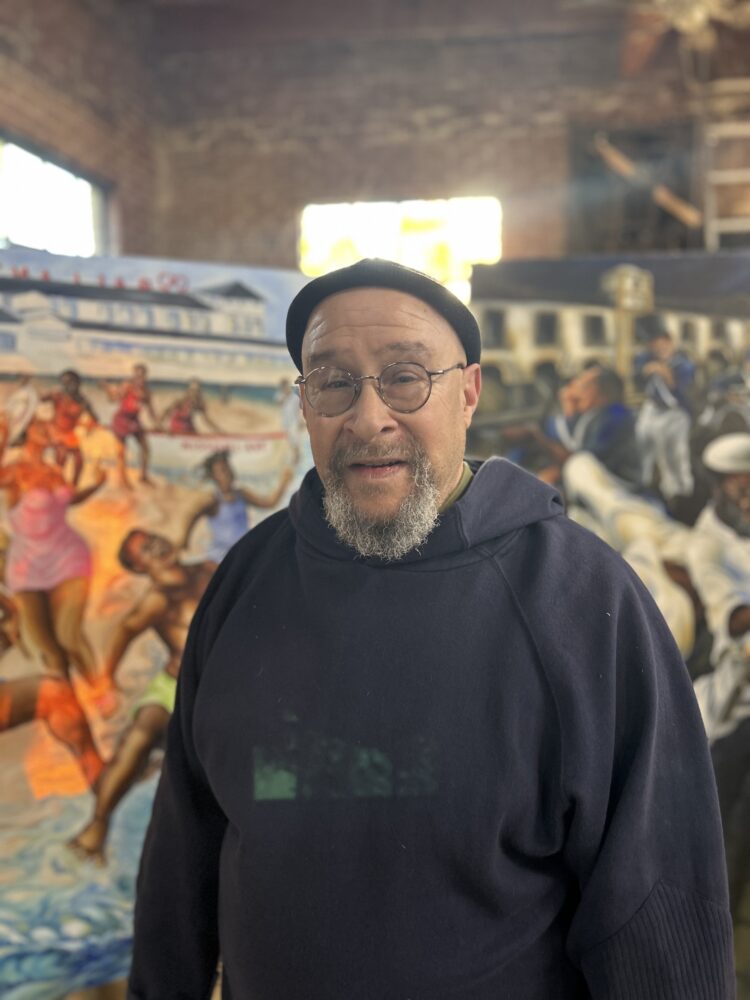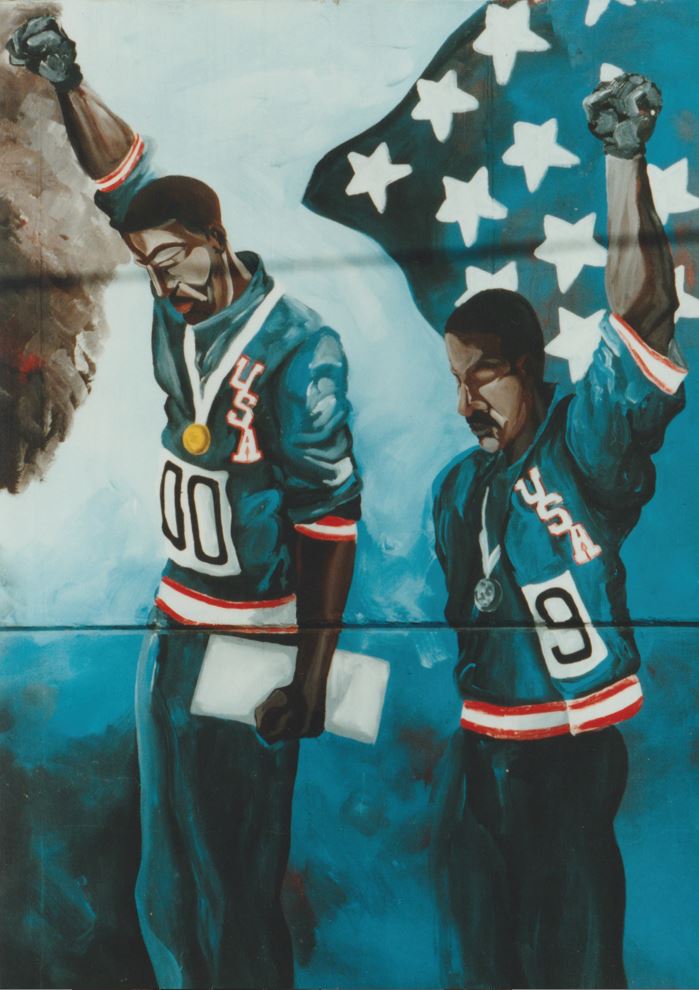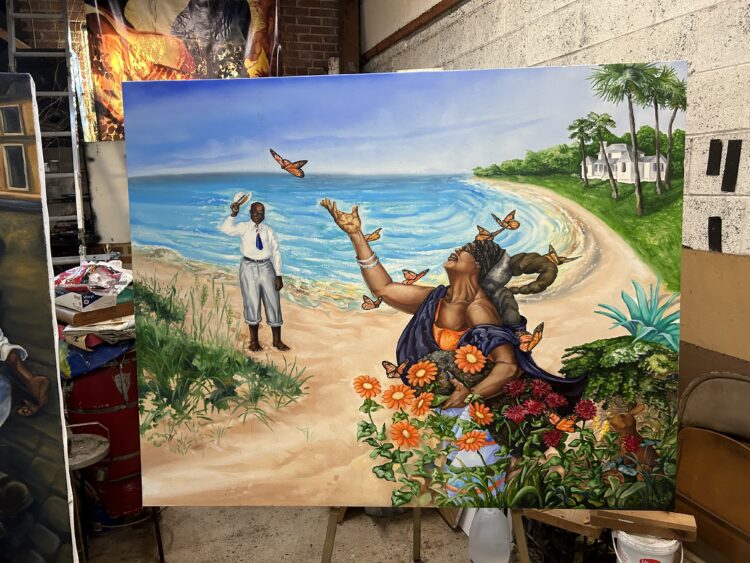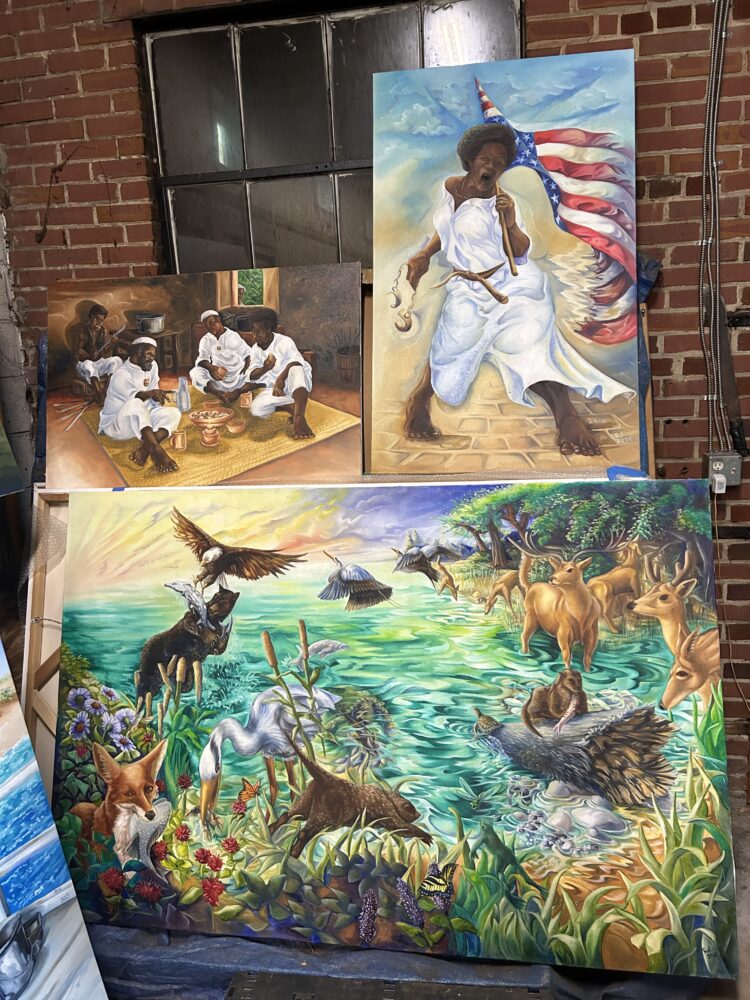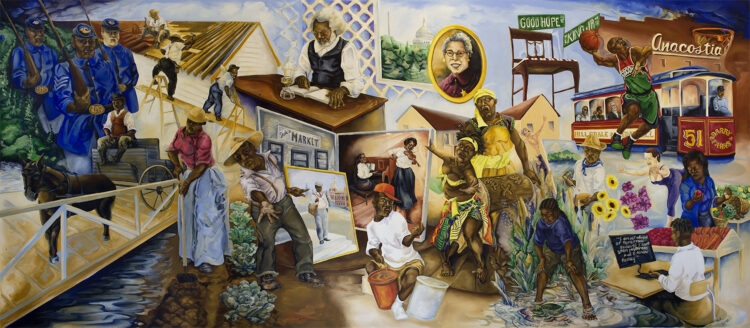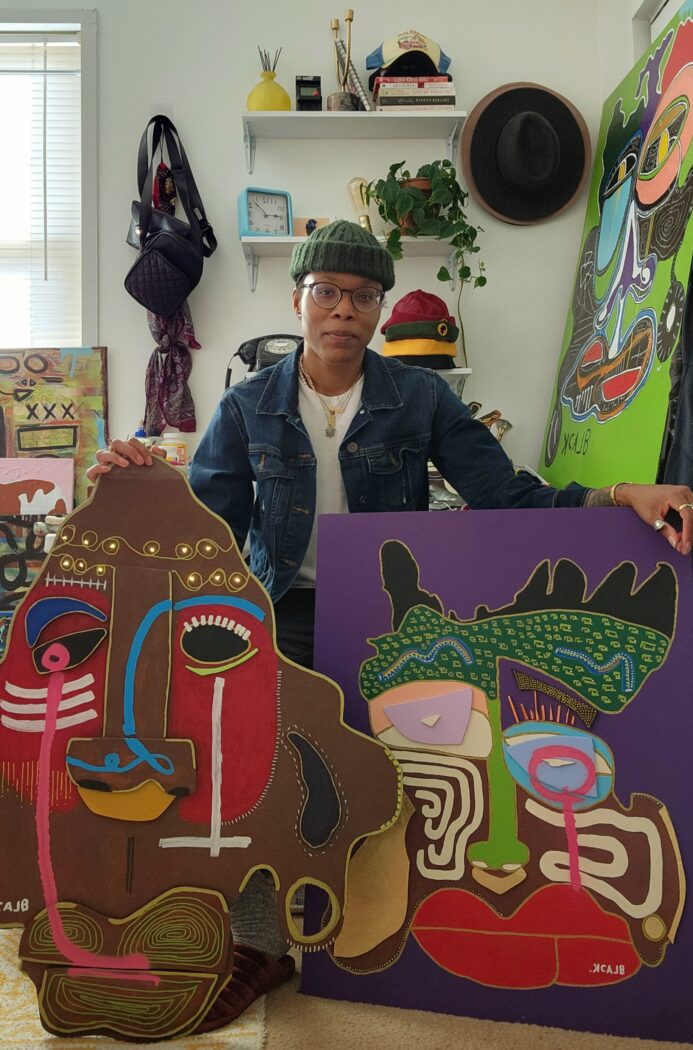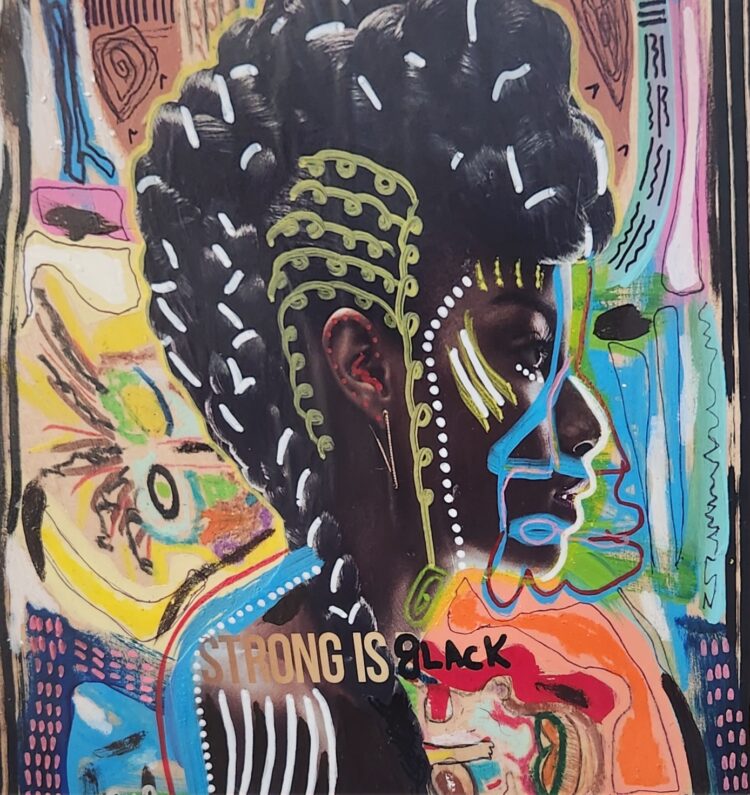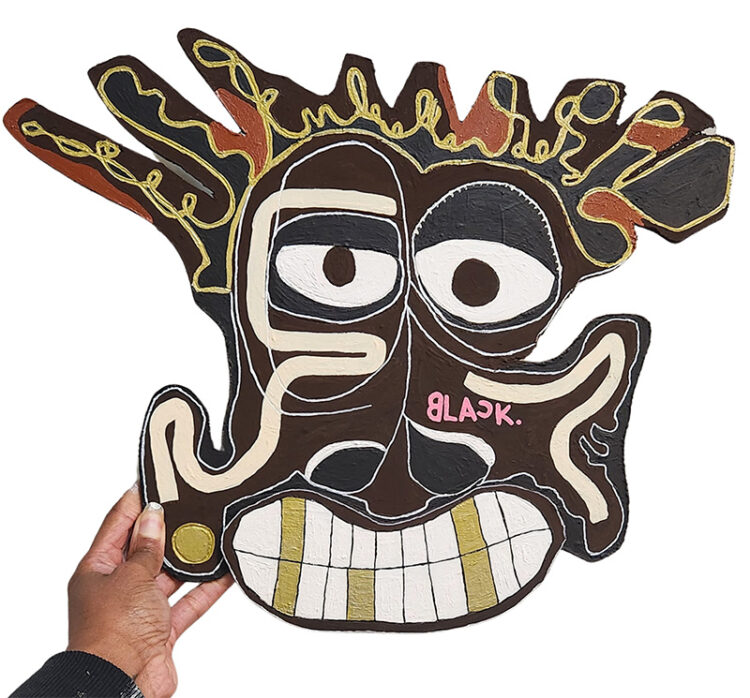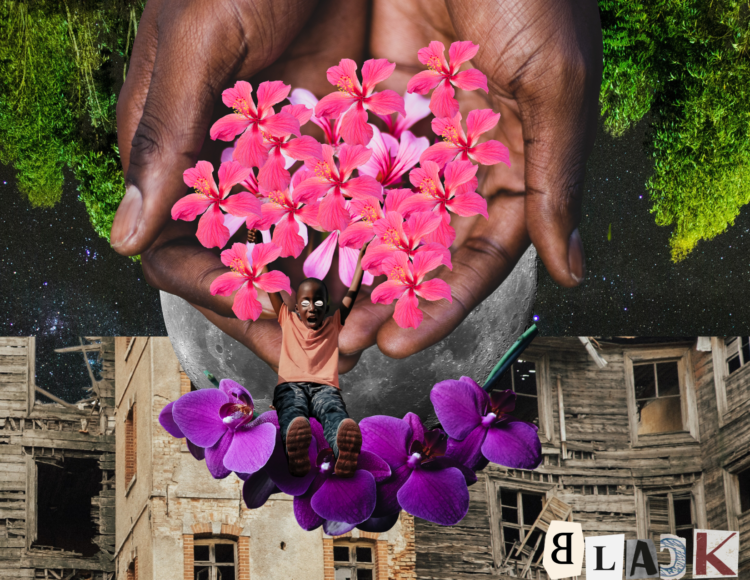Meet our fall 2023 interns, who have just finished up their internships at the Phillips. Read about what they worked on over this past semester.
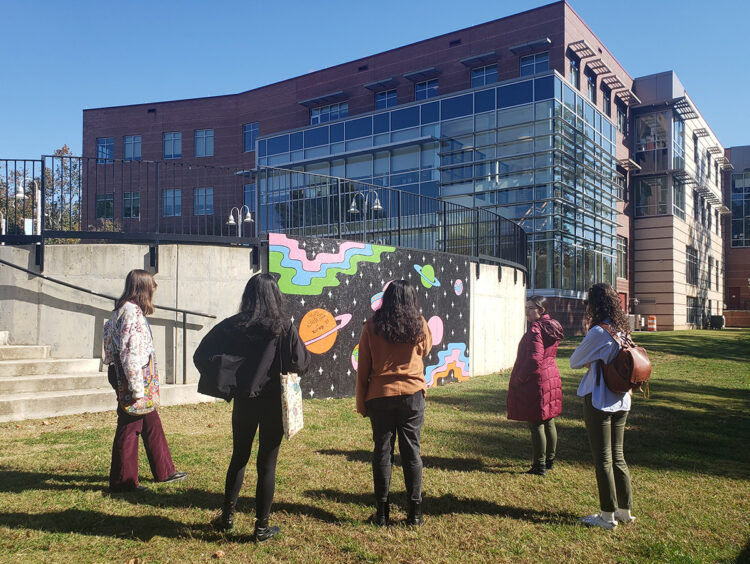
Fall 2023 Intern Cohort visits Phillips@THEARC

Divya Chhotani, American University
Divya Chhotani is the DEAI Intern. During her time at the Phillips, her primary focus has been conducting an intergenerational study of the staff and understanding the link between DEAI and guest services in the museum space. Through surveys and interviews, Divya assessed if the staff felt that their generation has helped them understand the world better or hindered them in the long run. Divya is from Austin, Texas, and is studying psychology, justice, and law at American University in Washington, DC. Divya enjoys hanging out with her friends and family in her free time, trying new restaurants in DC, and listening to music.
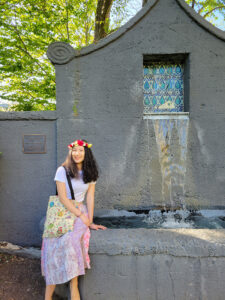
Zi Li, George Washington University
Zi Li is a second-year Art History MA student at the George Washington University. She gained her bachelor’s degree from Bryn Mawr College in 2022 with Art History and Math double major. Her research interest falls in studying intercultural artistic communication and material culture, especially textiles and ornaments. In fall 2023, she worked at The Phillips Collection as a Public Programming intern with Head of Public Programs Ashley Whitfield in the Community Engagement Department. Zi helped with public events such as curator talks, book signings, and Phillips after 5. She researched and planned activities for the December Winter Solstice-themed Phillips after 5, which featured making holiday gift bows, paper lanterns, and origami wreaths. The activities were very popular!
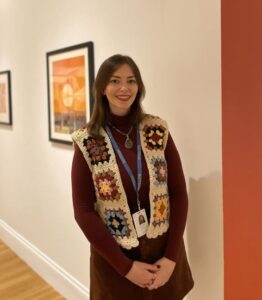
Kelsey Limpert, Salisbury University
Kelsey Limpert is a fall 2020 graduate of Salisbury University, where she received a BFA and an Art History minor. Her thesis exhibition revolved around embroidery, seeking to push beyond conventional conceptions of it as a medium, while also being inspired by Medieval and Proto-Renaissance artwork. While at The Phillips Collection, she interned with the Advancement Department and worked alongside Corporate Relations Officer Miranda Burr. She researched prospective donors for the upcoming Bonnard’s Worlds exhibition, and used that information to draft letters for solicitation packets, which she also prepared and mailed. She also assisted with the project management for the African Modernism in America Stewardship Report, a packet to give to donors and members upon conclusion of the exhibition that highlights the success of the exhibition while also serving as a historical document. For the Membership Department, she combined three reciprocal benefits lists to provide ease of access for current and prospective members and the front desk staff.

Laura Pratt, University of Maryland
Laura Pratt is in the final year of her Master’s of Library and Information Sciences at the University of Maryland. She previously graduated from the College of Wooster with a Bachelor’s in history, specializing in Chinese History with a minor in Technical Theater. Since then, she has worked as an IT assistant at a K-12 school and interned at the Smithsonian National Museum of Asian Art, the National Archives, NASA’s Goddard Space Flight Center, and now The Phillips Collection as the Library and Archives Intern. In this role, she has been able to expand her experience with fine art archives, process collections of music pamphlets from throughout the institution’s history, and learn about the different departments of the museum. After the close of her internship, Laura will be joining the National Archives and Records Administration in College Park full time as an Archives Technician.
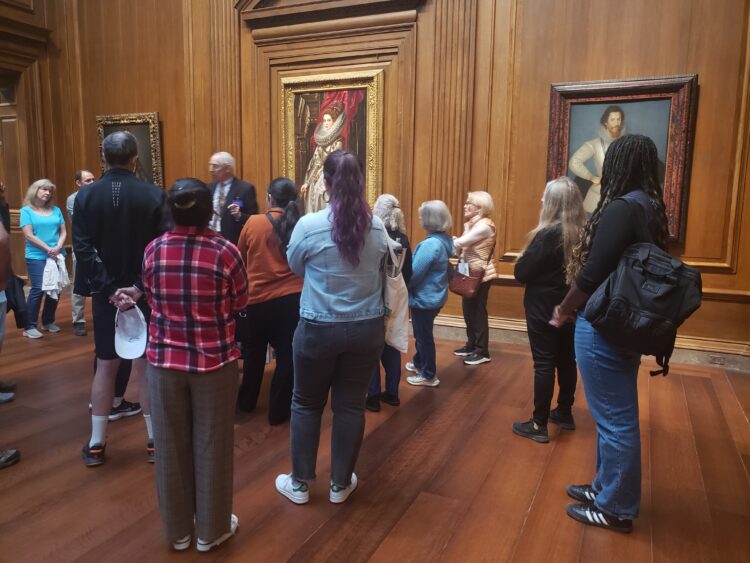
Fall cohort at the National Gallery of Art

